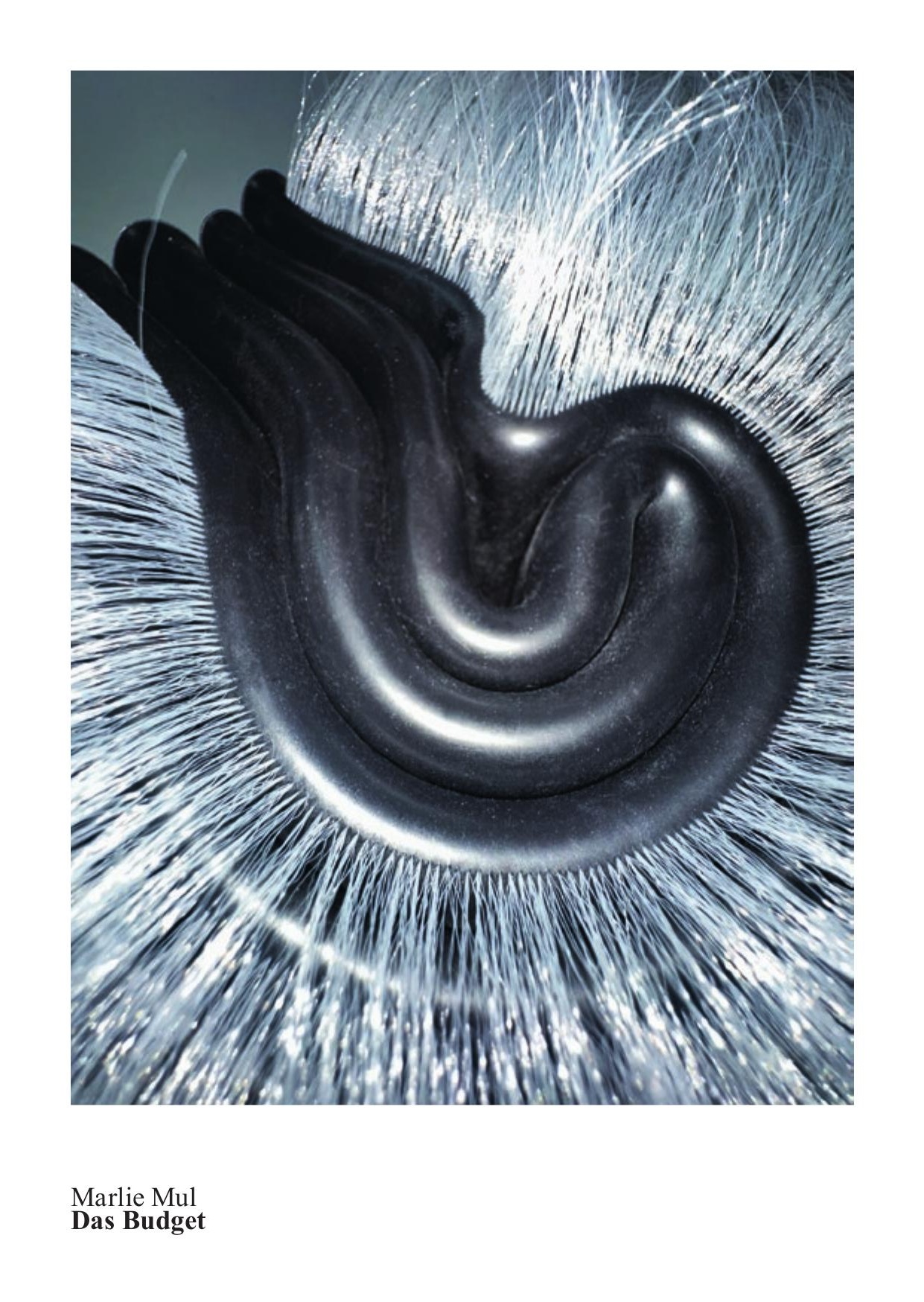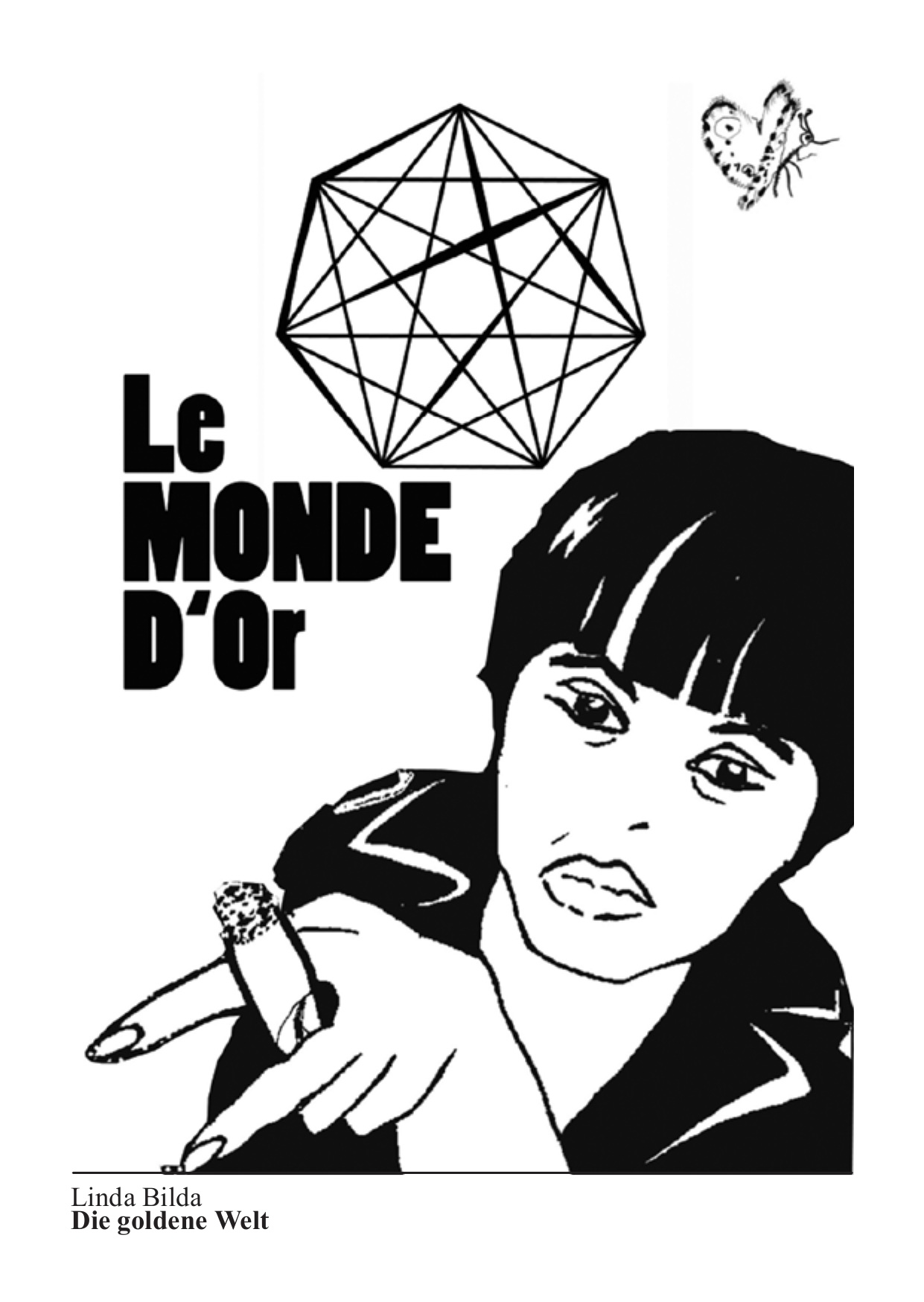18.4. – 15.6.2003
Frédéric Post Le temple de l’extase
In his work, the Geneva artist Frédéric Post (b1972 in Annemasse, lives and works in Geneva) draws from the esthetic forms of expression and the experiences of club culture. Himself a member of the musician collective Electrobeast, he makes artistic production and musical performances flow together. The artist even invented a technique a while ago that allows LPs to be produced at minimum cost: The process (as well as the corresponding, home-made mini-label) is called Miracol, with which vinyl records are cast with white glue and the sounds are thus played ‹from back to front›. Frédéric Post does not transfer the underground into the exhibition hall as it is, but rather reduces some of its elements ad absurdum. He will accordingly show an installation in the Glarus Art Museum based on the idea of a fictional sect (but not completely dissociated from reality), the cult of which is not directed at a guru, but rather at the worship of the state of (drug-induced) intoxication, of ecstasy in and of itself. Post transforms the basement hall of the Art Museum (formerly the natural science collection) into the hypothetical meeting room of the ‹Temple de l’Extase›. This room unites elements of religious architecture and esoterically alienated functional architecture and evokes a mood that makes the visitor forget the institutional context of the room. The artist plays with the fact that various drugs are linked to various esthetic ideas in Western culture: Cannabis is thus often linked with the colors of Jamaica, batik, and images of the music icons of reggae; LSD and other hallucinogenic drugs more with loud, bright colors, psychedelic forms, and elements from Hindu religions. Ecstasy and related synthetic pills in turn refer less to exotic countries and esoteric-spiritual backgrounds, but rather to our current Western culture with its prestigious consumer goods.
The Frédéric Post exhibition belongs to the series Echange, an exchange program of institutions and artists across the language boundary initiated by the Swiss Art Association. A publication will be issued in conjunction with the exhibition.

















